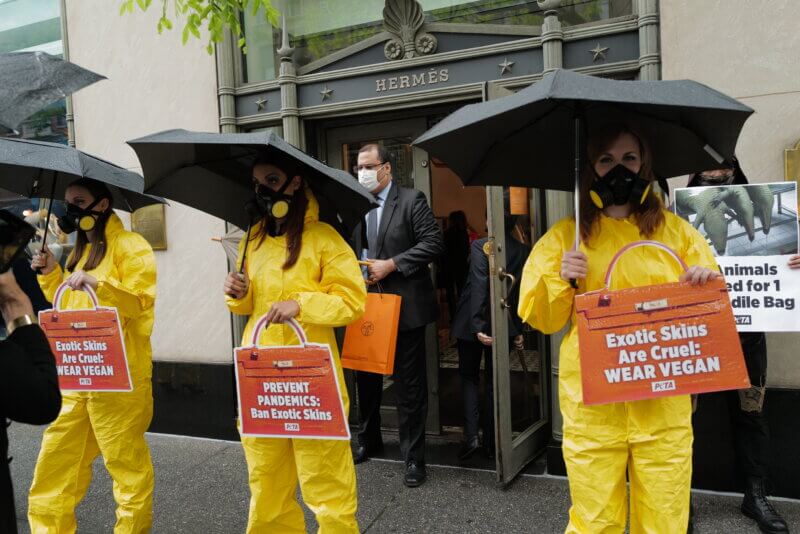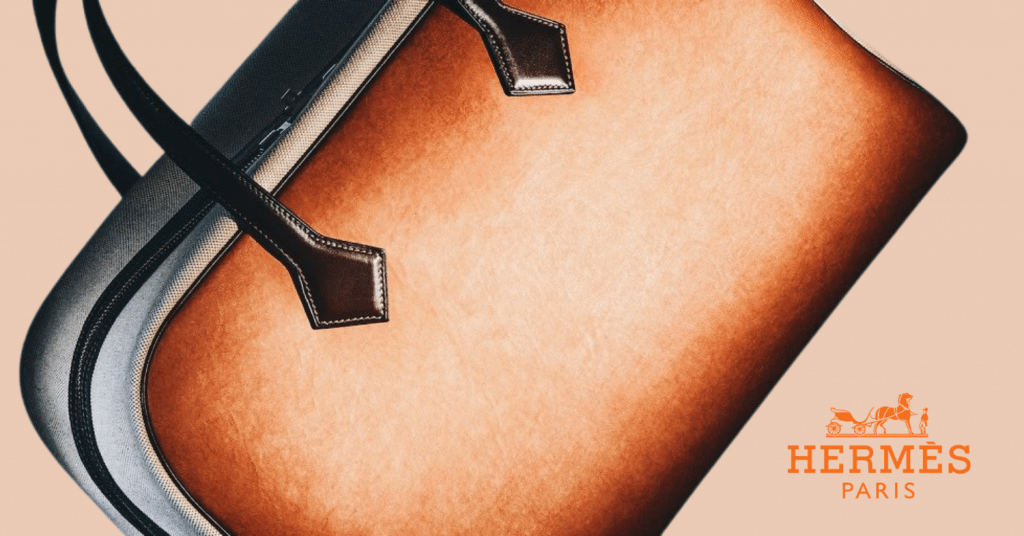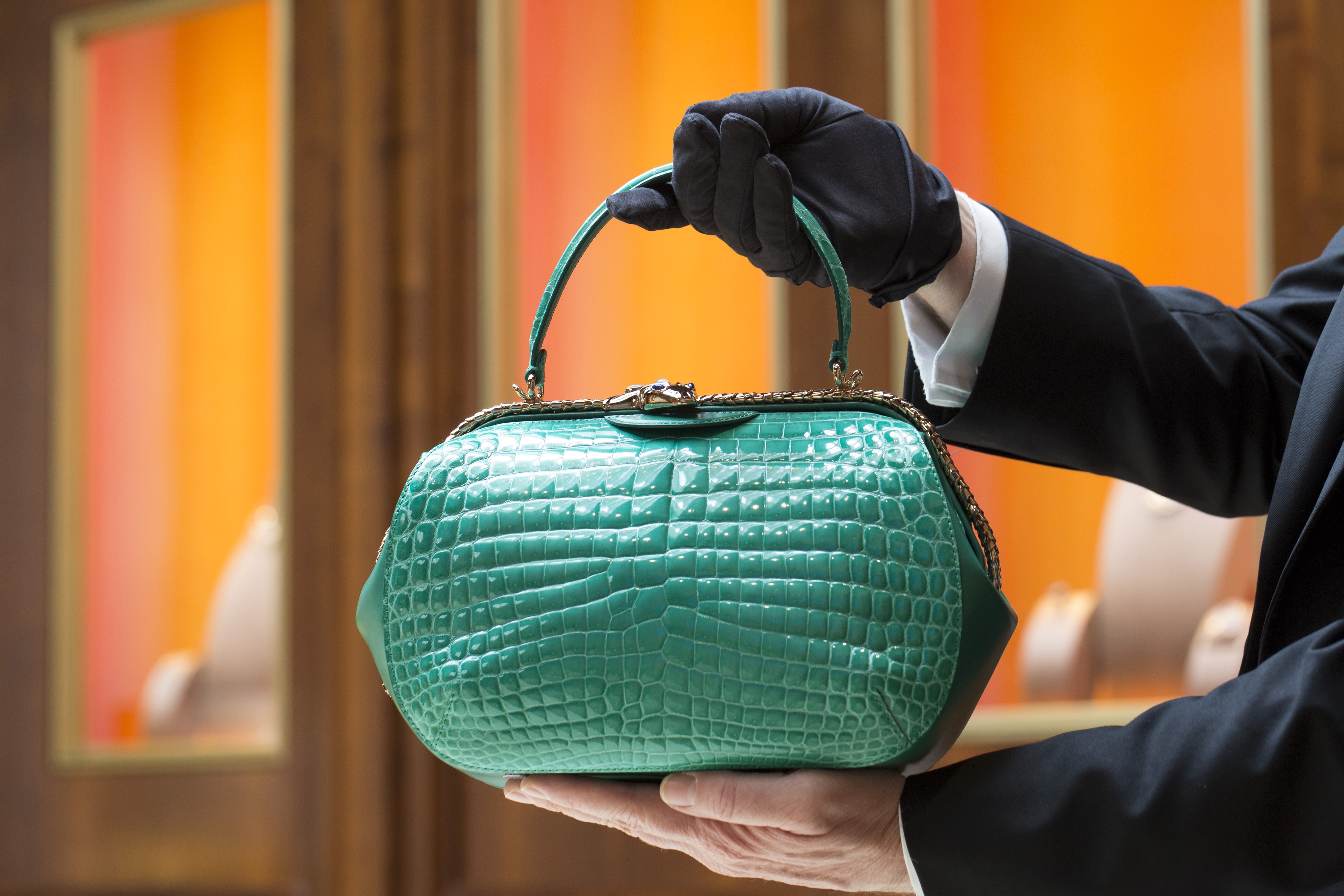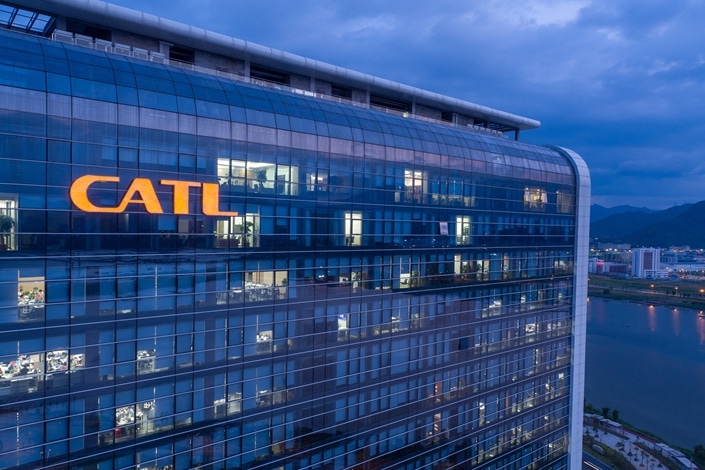[vc_row njt-role=”people-in-the-roles” njt-role-user-roles=”administrator,editor,author,armember”][vc_column][vc_column_text]
In Italy, customs officials seized a Rolls-Royce Phantom because of its crocodile leather interior. The use of this kind of coating is prohibited by the international treaty for the protection of endangered wildlife. In the luxury sector, the use of leather is a complex area, to which many are seeking a sustainable alternative.
A Rolls-Royce Phantom coming from Russia and stopped by the Italian customs was seized this Tuesday, May 25, because of its crocodile leather covering, whose use is contrary to the rules established by the international treaty for the protection of endangered fauna and flora.
Voir cette publication sur Instagram
Indeed, the crocodile is a protected species under the Washington Convention on International Trade in Endangered Species of Wild Fauna and Flora. Signed by 160 countries in 1975, this convention requires a certificate of authorization for the sale of certain animal skins or furs. Exotic leather and luxury have always had a close relationship, whether in the automotive, leather goods, or even fashion industries.
Leather and luxury: a controversial relationship
Early last month, animal rights activists from PETA (People for the Ethical Treatment of Animals) gathered in front of the Hermès stores on Madison Avenue in New York City to demand a total halt to the use of exotic leather in the manufacture of Hermès products. The activists carried signs in the shape of the famous Kelly handbag from the house of Hermès.

Dressed in hazmat outfits and gas masks, the demonstrators demanded answers to rumors about a project to build the largest intensive crocodile farm in Australia. The movement was not limited to New York City, and PETA also led actions in front of Hermès stores in Sydney, Melbourne, and Brisbane.
However, for many companies, ethics is an important criterion to take into account when choosing the use of certain materials in the luxury sector. This is why some brands are looking to innovate and offer alternatives that are more respectful of wildlife, without endangering any animal species.
What alternatives for leather?
Among the promising and responsible innovations in the use of leather by luxury brands is mushroom leather. For designer Stella McCartney, this alternative is “the future of fashion. If we can do this right, then we can really have a huge impact on the planet“.
Indeed, the use of animal–sourced leather has become a rejection criterion for many customers, and especially among younger clientele. Last March, when Hermès was looking to offer a more responsible and animal welfare-friendly alternative to leather, the house decided to turn to vegetable leathers.
It is important to note, however, that according to Decree 2010-29 of the Consumer Code, the term leather “is prohibited in the designation of any other material than that obtained from animal skin by means of tanning or impregnation preserving the natural shape of the skin fibers”. Thus, in France, vegetable alternatives to leather cannot be called “vegetable leathers”. However, the term “vegan leather” is still widely used in English-speaking countries, where there are no regulations against it.
This is how a Victoria bag made of mycelium alter-leather came to be. Developed with the Fine Mycelium technology and produced in the MycoWorks factory, this innovation could well take on a significant dimension in the years to come. This vegetable leather, known as “muskin” – a contraction of “mushroom” and “skin” – is 100% sustainable and 100% biodegradable.

Less expensive and faster to produce than cowhide (three weeks to obtain, compared to three years for the same amount of leather as animal hide), no toxic substances are used in the production of muskin, which even proves to be effective in preventing the growth of bacteria. The process obviously does not involve any animal suffering.
Is this a real alternative to leather or a temporary phenomenon? In a period where luxury customers prefer secondhand to new and carefully inquire about the origin of the skins when buying leather of animal origin, and in front of the numerous environmental measures taken by the market leaders, LVMH and Kering, it is normal that these evolutions also affect the leather.
Sustainable leather
However, sustainable leather remains an alternative for customers who do not want to banish leather from their daily lives but want to reduce its impact on the environment. In fact, apart from animal welfare, there is another problem with leather production: tanning. Polluting and very costly in water, chemical tanning is controversial because of its danger for health and the environment, although in France a regulation controls the use of chrome tanning, and ensures its compliance with health rules in force.
Thus, sustainable leather is becoming a matter of course for some luxury customers. Firstly, sustainable leather is not produced from exotic animals. This leather industry uses only animals that are part of the food chain, such as beef or fish.
In addition, sustainable leather does not require toxic products, and the treated skin is worked with vegetable tannins. Its specifications are stricter than those of traditional leather and it also includes vegetable leathers and eco-leather.
Traditional leather
However, leather of animal origin often remains the preferred option for consumers. Indeed, traditional leather is still unmatched in terms of quality and durability. Leather has long been admired for its resistance to tearing and its breathability, still unmatched today.
A study conducted by the French Federation of Tannery and Leatherworkers has shown that no substitute for the material can match the performance of animal-based leather. Compared with nine of these alternative products, animal-sourced leather comes out on top in terms of quality, strength, and breathability.
Finally, although leather substitutes are becoming more sophisticated and may, at first glance, appear to be similar to traditional leather, there are still doubts about the source of the materials and the ingredients used in their production. Indeed, leather alternatives are often criticized for a lack of transparency, and this is particularly problematic when these substitutes claim to be a more ethical and sustainable choice than animal-sourced leather.
So what does the future hold for leather in the luxury sector? According to a study by Bain & Company, 60% of customers say that brands in the luxury sector must be fundamentally more committed than other sectors. It’s time for a change, and for greater respect for animals and the environment, in order to think differently about our relationship with leather. It is high time to conjugate leather in the future.
Read also > FRENCH LEATHER INDUSTRY: A MEETING ON SUPPORT MECHANISMS FOR ENTREPRENEURSHIP
Featured photo : © GettyImages[/vc_column_text][/vc_column][/vc_row][vc_row njt-role=”not-logged-in”][vc_column][vc_column_text]
In Italy, customs officials seized a Rolls-Royce Phantom because of its crocodile leather interior. The use of this kind of coating is prohibited by the international treaty for the protection of endangered wildlife. In the luxury sector, the use of leather is a complex area, to which many are seeking a sustainable alternative.
A Rolls-Royce Phantom coming from Russia and stopped by the Italian customs was seized this Tuesday, May 25, because of its crocodile leather covering, whose use is contrary to the rules established by the international treaty for the protection of endangered fauna and flora.
Voir cette publication sur Instagram
Indeed, the crocodile is a protected species under the Washington Convention on International Trade in Endangered Species of Wild Fauna and Flora. Signed by 160 countries in 1975, this convention requires a certificate of authorization for the sale of certain animal skins or furs. Exotic leather and luxury have always had a close relationship, whether in the automotive, leather goods, or even fashion industries.
[…][/vc_column_text][vc_cta h2=”This article is reserved for subscribers.” h2_font_container=”tag:h2|font_size:16|text_align:left” h2_use_theme_fonts=”yes” h4=”Subscribe now !” h4_font_container=”tag:h2|font_size:32|text_align:left|line_height:bas” h4_use_theme_fonts=”yes” txt_align=”center” color=”black” add_button=”right” btn_title=”I SUBSCRIBE !” btn_color=”danger” btn_size=”lg” btn_align=”center” use_custom_fonts_h2=”true” use_custom_fonts_h4=”true” btn_button_block=”true” btn_custom_onclick=”true” btn_link=”url:https%3A%2F%2Ftest2023.luxus-plus.com%2Fen%2Fsubscriptions-and-newsletter-special-offer-valid-until-september-30-2020-2-2%2F”]Get unlimited access to all articles and live a new reading experience, preview contents, exclusive newsletters…
Already have an account ? Please log in.
[/vc_cta][vc_column_text]Featured photo : © GettyImages[/vc_column_text][/vc_column][/vc_row][vc_row njt-role=”people-in-the-roles” njt-role-user-roles=”subscriber,customer”][vc_column][vc_column_text]
In Italy, customs officials seized a Rolls-Royce Phantom because of its crocodile leather interior. The use of this kind of coating is prohibited by the international treaty for the protection of endangered wildlife. In the luxury sector, the use of leather is a complex area, to which many are seeking a sustainable alternative.
A Rolls-Royce Phantom coming from Russia and stopped by the Italian customs was seized this Tuesday, May 25, because of its crocodile leather covering, whose use is contrary to the rules established by the international treaty for the protection of endangered fauna and flora.
Voir cette publication sur Instagram
Indeed, the crocodile is a protected species under the Washington Convention on International Trade in Endangered Species of Wild Fauna and Flora. Signed by 160 countries in 1975, this convention requires a certificate of authorization for the sale of certain animal skins or furs. Exotic leather and luxury have always had a close relationship, whether in the automotive, leather goods, or even fashion industries.
[…][/vc_column_text][vc_cta h2=”This article is reserved for subscribers.” h2_font_container=”tag:h2|font_size:16|text_align:left” h2_use_theme_fonts=”yes” h4=”Subscribe now !” h4_font_container=”tag:h2|font_size:32|text_align:left|line_height:bas” h4_use_theme_fonts=”yes” txt_align=”center” color=”black” add_button=”right” btn_title=”I SUBSCRIBE !” btn_color=”danger” btn_size=”lg” btn_align=”center” use_custom_fonts_h2=”true” use_custom_fonts_h4=”true” btn_button_block=”true” btn_custom_onclick=”true” btn_link=”url:https%3A%2F%2Ftest2023.luxus-plus.com%2Fen%2Fsubscriptions-and-newsletter-special-offer-valid-until-september-30-2020-2-2%2F”]Get unlimited access to all articles and live a new reading experience, preview contents, exclusive newsletters…
Already have an account ? Please log in.
[/vc_cta][vc_column_text]Featured photo : © GettyImages[/vc_column_text][/vc_column][/vc_row][vc_column][/vc_column]








